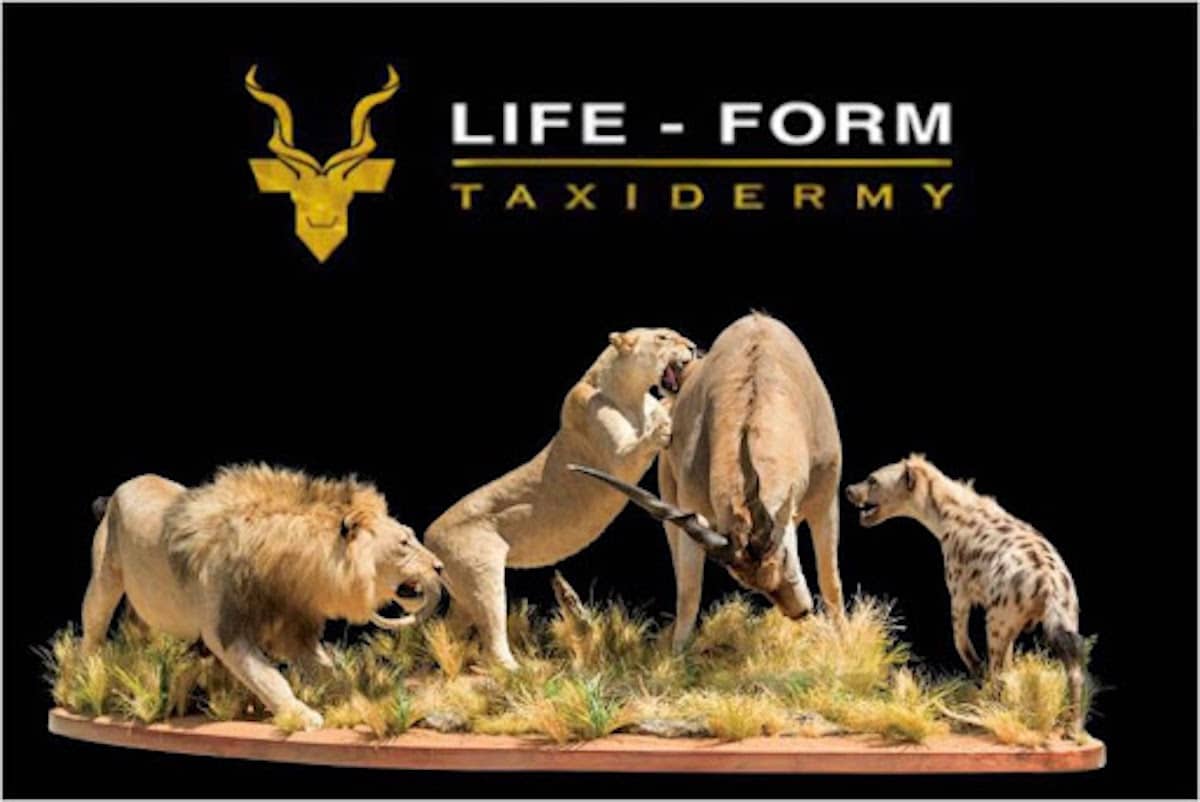Table of Contents
You will never forget your first hunt in Africa. Well-mounted trophies will serve as a reminder of these moments and an opportunity to show them off to friends and family.
How do you know which taxidermy studio can do justice to your prize without breaking the bank, and what kind of mount will look the best? Only you can determine the answers to these questions, but it helps to have a bit of background knowledge as well. Below are a few suggestions for making wise decisions in taxidermy.
The benefits of having your trophy taxidermized in South Africa
The biggest advantage of having trophy mounting done in South Africa is that the taxidermists are more familiar with African wildlife. The artisans who will work on your trophy may have grown up with these animals, allowing them to give your mounts the most authentic postures and viewpoints.
But, there are good and terrible taxidermists in every country, so if a company sounds authentic, check their reputation by searching for them on the Internet, social media, and hunting forums. Doing your homework can help you avoid major disappointments.
Full-sized or pedestal mounts
These are by far the most popular trophy mounting options. Some modern taxidermy studios make it an art form. You can commission not only realistic full-sized animals but also entire animal groupings, such as a leopard leaping on an antelope, that looks absolutely amazing.
The only limit here is your imagination. Practiced taxidermists can mount an antelope perched on a miniature cliff to be set up well below the ceiling, or stuff only the front half of the antelope, making it appear to emerge from the bush.
In taxidermy jargon, pedestal mounts are those in which a front part of an animal is mounted on a stand, sometimes constructed to represent an object from the animal’s natural surroundings, and are often spectacular.
Skull mounts
This, on the other hand, is the most affordable alternative. Cleaning the skull of any rotting tissue and affixing it to a wooden plaque is a relatively inexpensive and simple DIY project. These mounts require little attention if properly prepared.
While everything with skin must be inspected and treated for pest damage on a regular basis, the most you need to do with a skull mount is dust it. The disadvantage is that not everyone finds the sight of an animal’s skull appealing, so make sure the other people in your house are okay with it.
Shoulder mounts
Here, you can commission an animal’s head and neck, as well as the breast, mounted to hang on the wall. It’s also called a Cape mount because it was initially used to repair trophies brought from South Africa. The goal was to save space for full mounts while still giving viewers a notion of how these exotic species look in real life.
This is likely the best compromise between animal lifelikeness, size, and cost, and it remains the most popular alternative.


